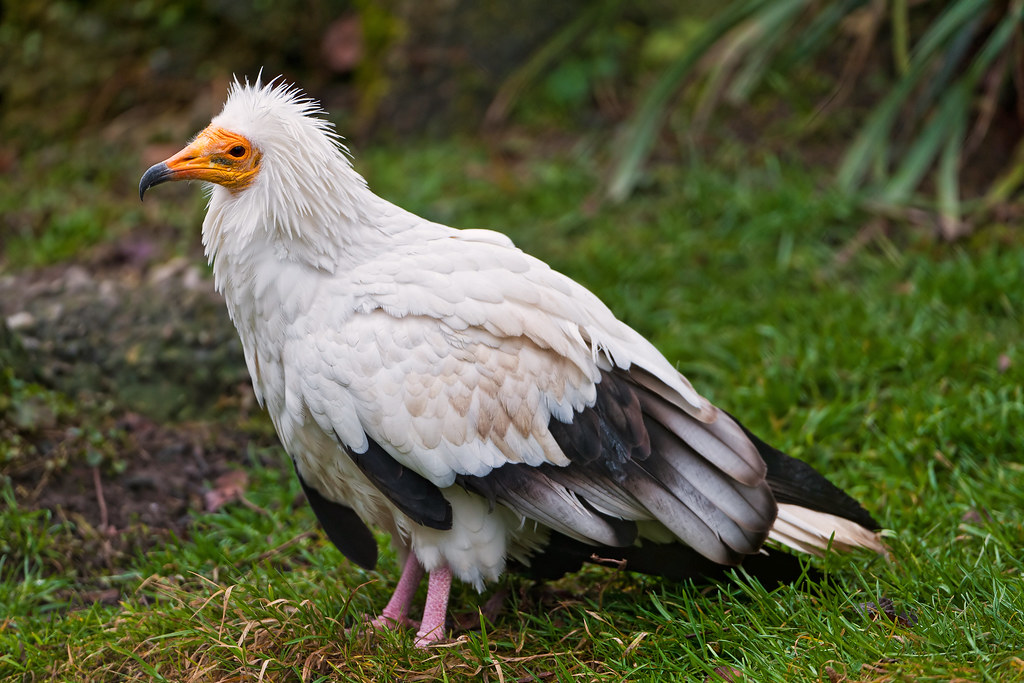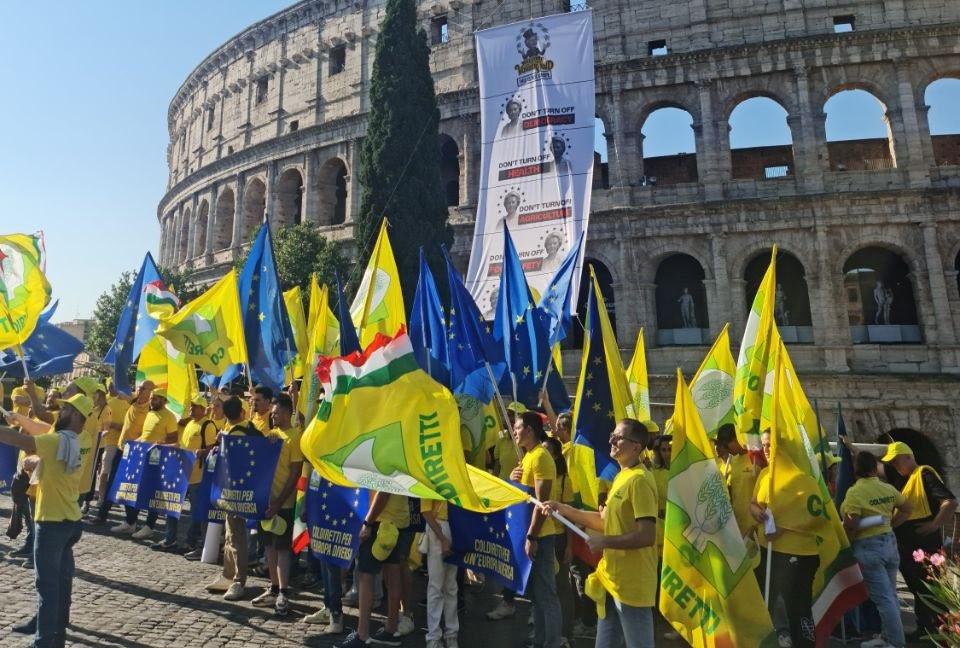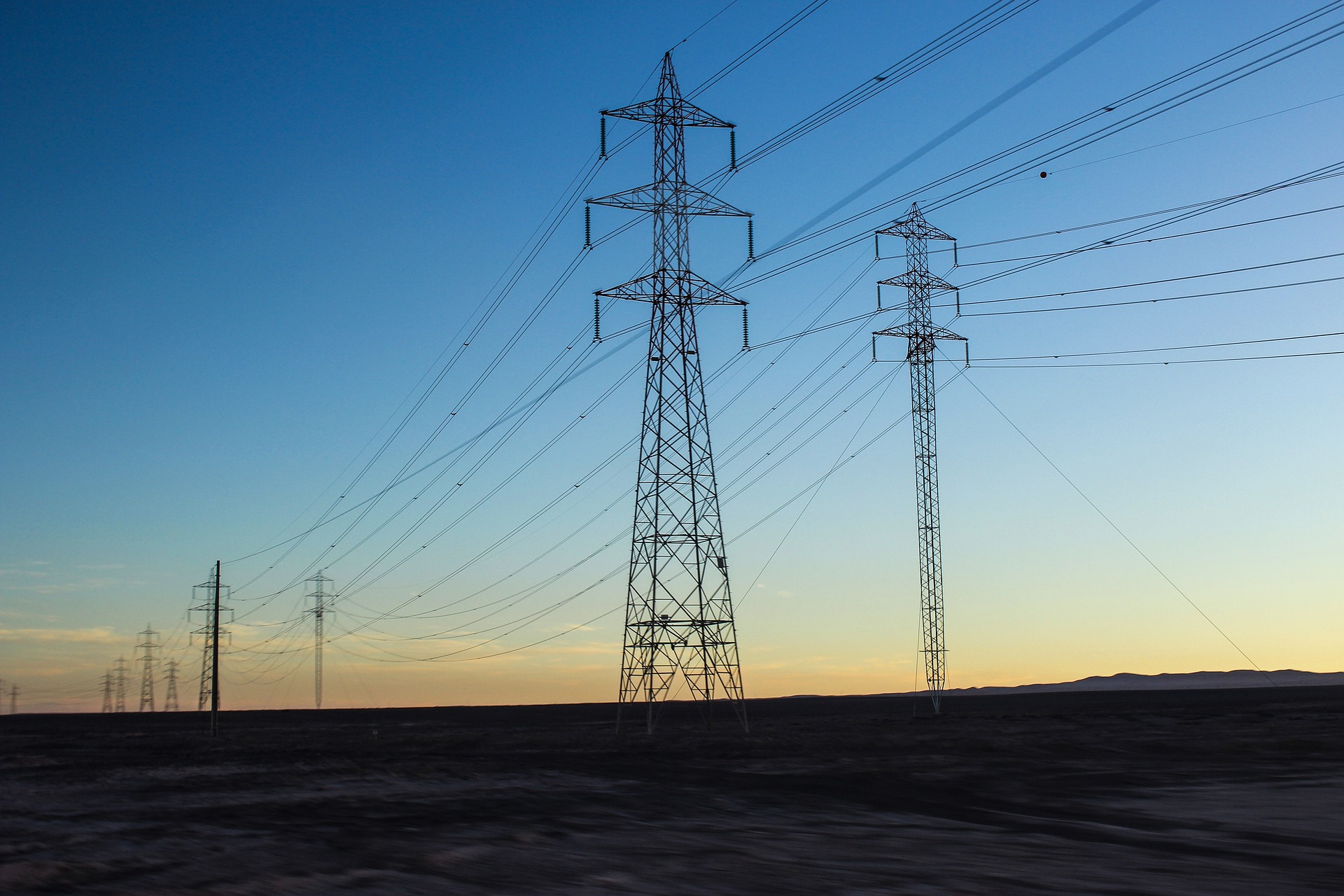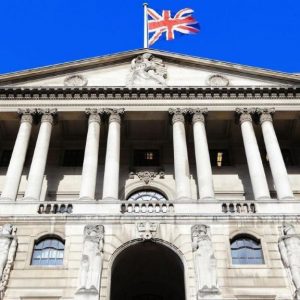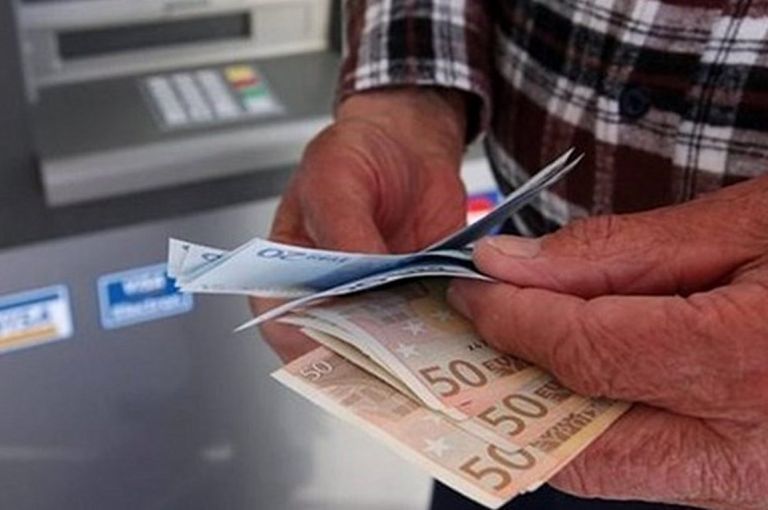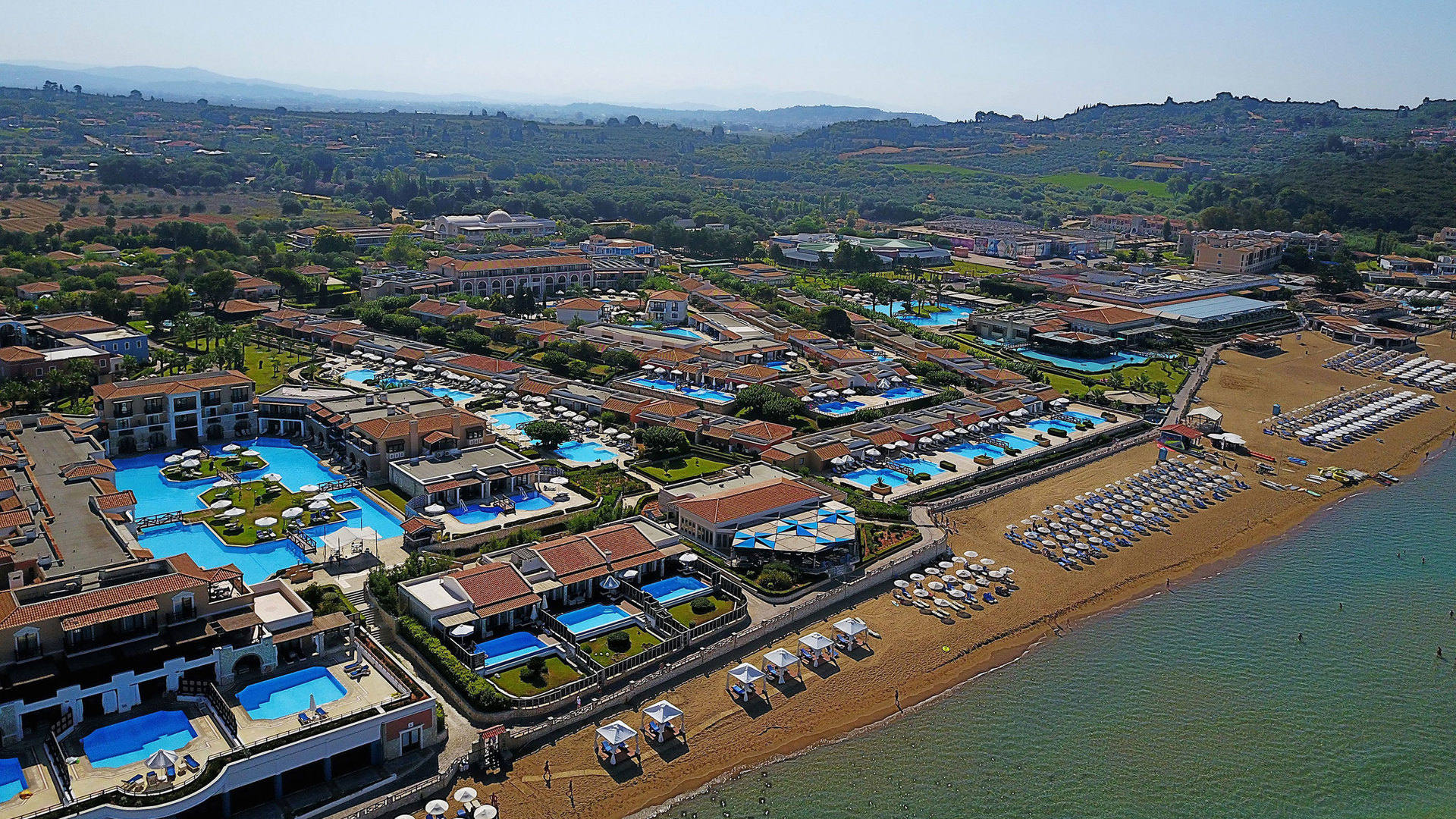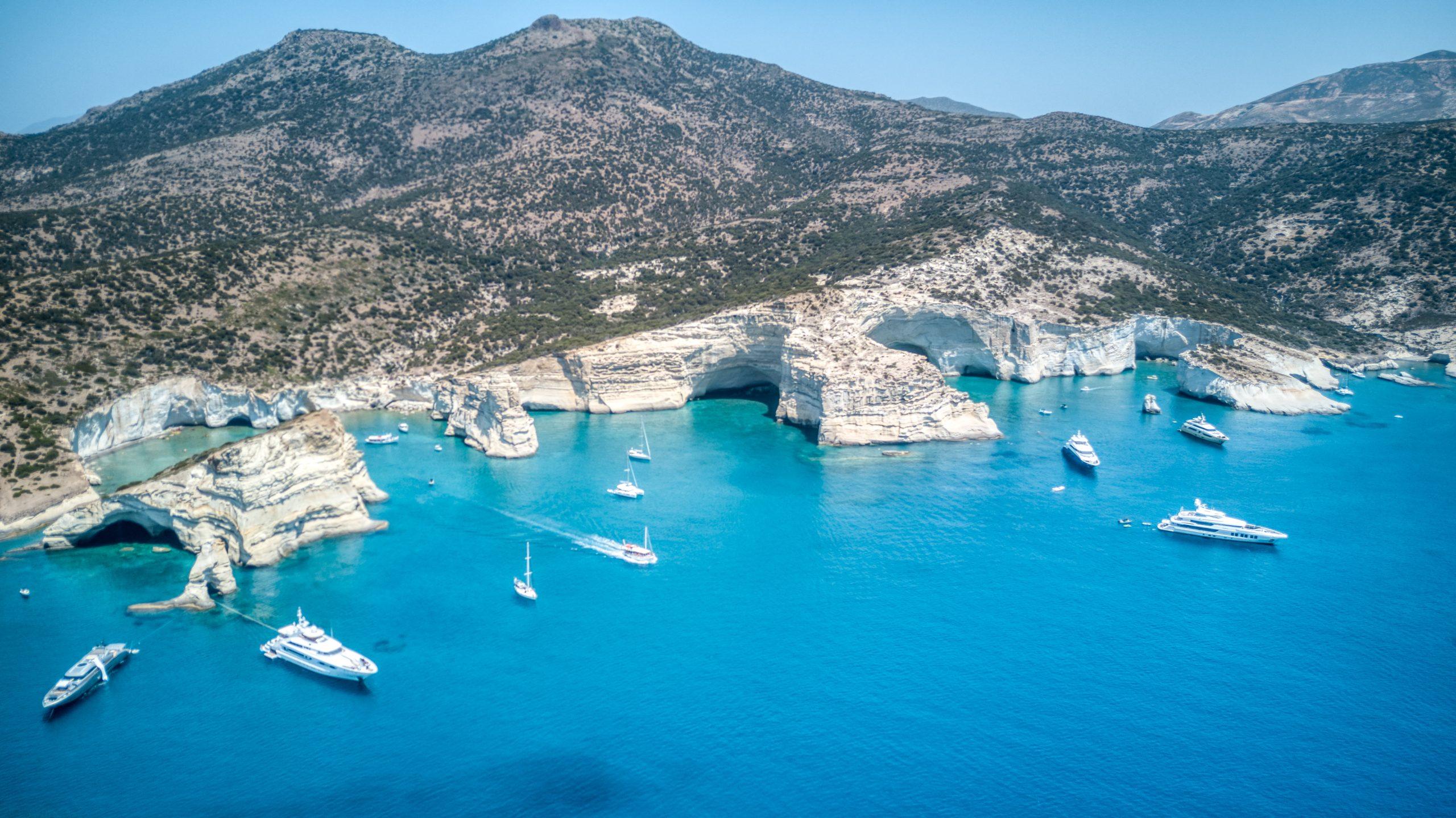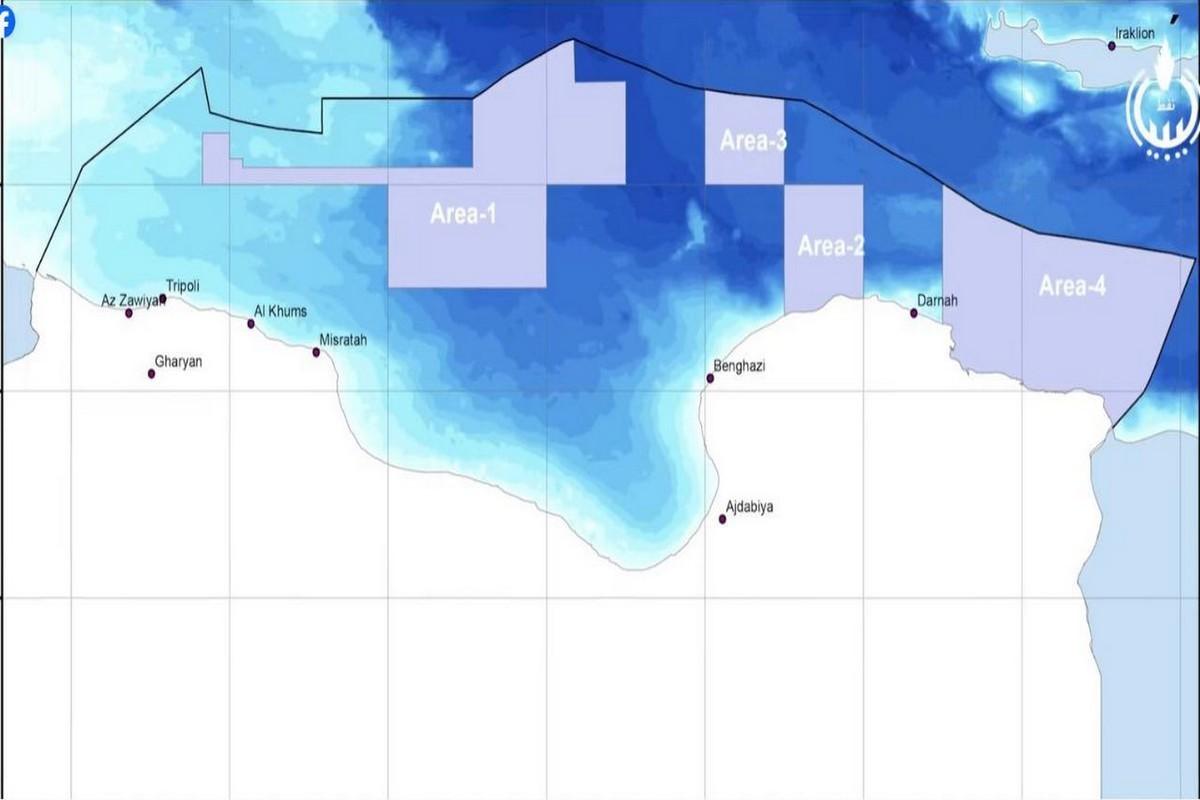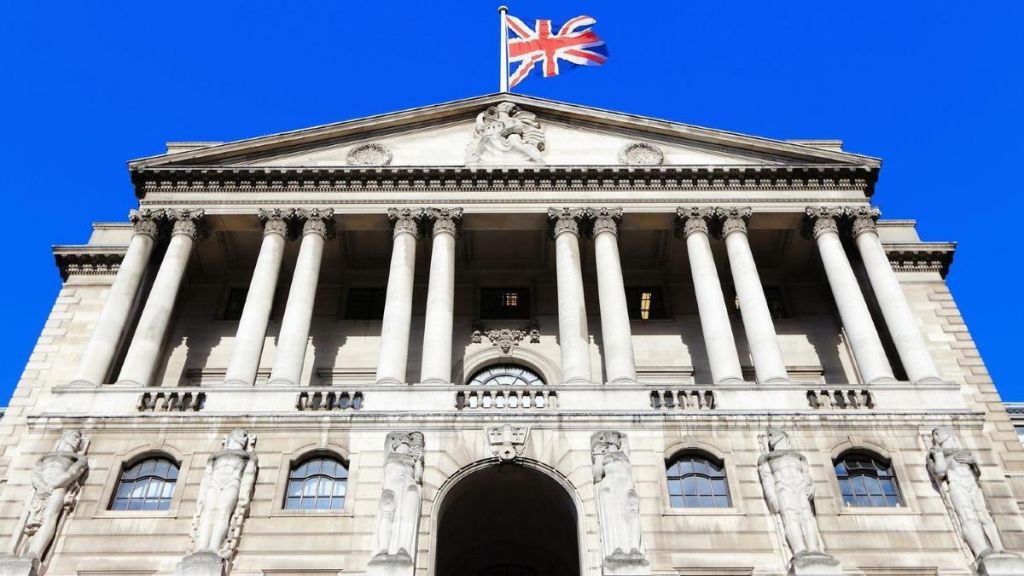The destructive effects in the Dadia Forest were limited to approximately half (2209.7 hectares) of the total area (4541.2 hectares) affected, as shown by the first scientific data to record the environmental damage in the area from the recent fire.
Processing of satellite images
Processing of very high resolution satellite images by the European Union-funded Natural Environment and Climate Change Agency’s Post Fire Biodiversity Recovery Hub, taken after the National Park fire was extinguished on 29 July, shows that:
-Areas where the fire spread mainly on the ground surface, burning forest fire-fuel in contact with the ground (e.g., lying dry leaves and needles, small branches, grasses and low bushes), leaving unaffected or almost unaffected the actual tree crown, amounts to 1607.2 hectares.
-The completely unburned copses of vegetation in the affected area amount to an area of 615.3 hectares.
-The areas where the fire burned almost all available vegetation from the roots to the crown of the trees or caused complete destruction of the vegetation, amount to 2209.7 hectares.
– The high percentage (50% of the affected area) of unburnt copses and low/moderate fire severity allows a ray of optimism for the conservation of biodiversity and rare predator and scavenger species in the area.
The next nine steps
The next steps for the ecological restoration of the Dadia – Lefkimmi – Soufli National Forest Park include:
1. Mapping and assessing changes in natural capital and ecosystem services.
2. Fire severity recording at individual (tree) level, with very high definition images.
3. Recruitment of temporary staff (ornithologists and foresters) to support the local Management Unit and other local services.
4. Caring for wild animals in continuous cooperation with the competent agencies and NGOs. A First Aid Station for wild animals is already operating, in the management unit’s building, in collaboration with the “ANIMA” Association. Veterinarians and six volunteers are participating in the action, and have already provided first aid to injured turtles and toads. At the same time, two Egyptian Vultures (pictured), one of the rare species of vulture that live in the area, will be immediately transported back to their nests.
5. Restoration of the predator observatory as well as the scavenger feeder destroyed by the fire.
6. Demarcation, based on flood risk, of the areas that should be logged immediately to carry out, if necessary, anti-corrosion and anti-flood works.
7. Evaluation, based on the ecological assessment, of whether there is a need to revise the management plan of the National Park for the areas that have not burned.
8. A repeat of the census of the populations of the birds of prey that was done in 2020 is being planned for the spring of 2023 , so as to record how the distribution and the number of territories in the National Park have been affected.
9. Preparation of a long-term plan for the systematic monitoring of the protected object in the affected area with a minimum horizon of 15 years, for the long-term recording of the effects and the course of restoration.
